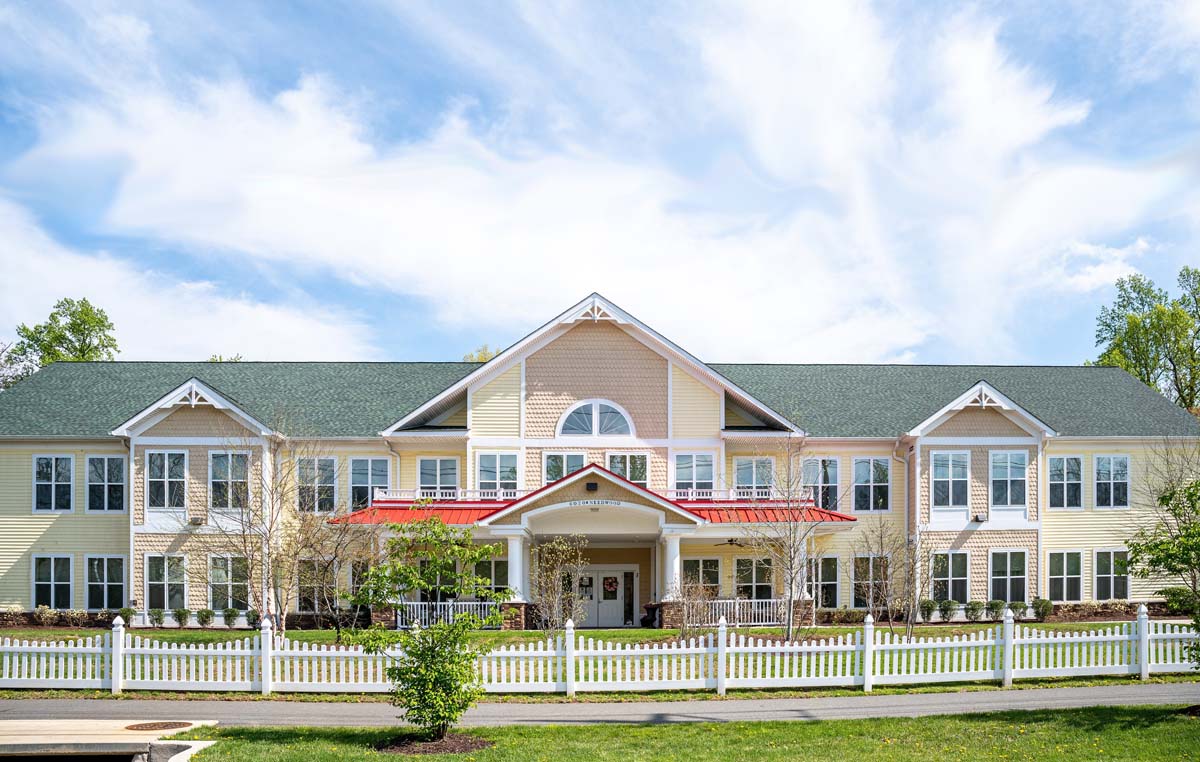A Healthy Approach to Retirement
One of life’s major transitions that we all face is retirement. Some of us approach it eagerly, thinking that it will be a time of release from routine and stress—one long vacation. Others approach it with unease and anxiety, wondering how we’ll deal with all the extra time on our hands. Researchers are now looking into what is the healthiest, most positive way to approach retirement and to live as a retired person.
One researcher who has spent nearly two decades investigating this issue is the gerontologist Dr. Ross Andel, Director of the School of Aging Studies at the University of South Florida in Tampa. Research into the relationship between retirement and aging generally has found evidence that retirement tends to speed up the aging process, resulting in poorer health and increased cognitive decline. Dr. Andel’s research among people undergoing the transition from work to retirement in Canberra, Australia found that retirement is linked to a decline in the speed at which the retired person processes information, that is, how quickly the person can make sense of what he or she hears or reads. The longer a person takes to process information, the more likely they are to forget what they have just heard or read, and therefore the more likely they are to get confused.
According to Dr. Andel there are several aspects of retirement that contribute to faster aging and faster mental decline. First, there is a lack of some  regular activity to take the place of our occupation. Work on a regular basis seems to place demands on the body and mind that force it to keep functioning at optimal levels. When the pressure to perform and to live up to expectations in the workplace is lifted, the body and mind relax into a less alert state. This state of reduced alertness is the starting point of the decline. Research shows that retired seniors who do volunteer work age less slowly and experience slower cognitive decline than retired seniors who are not engaged in any kind of work.
regular activity to take the place of our occupation. Work on a regular basis seems to place demands on the body and mind that force it to keep functioning at optimal levels. When the pressure to perform and to live up to expectations in the workplace is lifted, the body and mind relax into a less alert state. This state of reduced alertness is the starting point of the decline. Research shows that retired seniors who do volunteer work age less slowly and experience slower cognitive decline than retired seniors who are not engaged in any kind of work.
Another aspect of work life that tends to disappear when a person retires is routine. Our bodies perform at their best when there is regularity in our daily activities—going to bed and waking up at the same time every day, with brief periods of variation on the weekend, going to work, coming home, having meals at the same time, and so on. Retired people tend not to have this kind of daily routine, and their body’s circadian rhythms therefore tend to become disrupted over time. This takes its toll on both the body and the mind.
Routine is tied to motivation and purpose. When we have a regular job, we are motivated to wake up in the morning and have something to look forward to in the day ahead of us, something to live for, something to direct our physical and mental energies towards. We have a purpose for living, and that purpose motivates us to function at our best, both physically and mentally. Studies have shown that people who live in the so-called “Blue Zones”, tend to have a well-defined purpose in life and to find life meaningful and worth living. Blue Zones are those areas where many residents live to the age of 100 years and beyond. Having a purpose in life gives a person an incentive to go on living so that the purpose can be accomplished. Both the body and the mind respond positively to this incentive.
Dr. Andel notes that people tend to start disengaging from life as they approach retirement age. Even as they continue to work through the last few years before they retire, they begin to feel less and less committed to their job and to life in general. They become less personally invested in what they do, both occupationally and in other ways. They retire psychologically, even before physical retirement becomes a reality. This disengagement leaves an empty space in their lives. The solution, then, is to remain invested in life even as we shift our focus from occupation to other forms of engagement.





